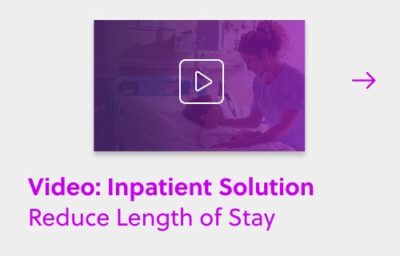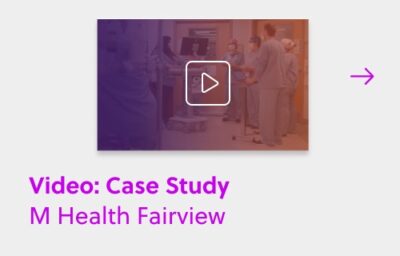
Panel Report, Health Evolution Summit 2018
At Health Evolution Summit April 2018, industry leaders discussed the challenges facing health systems, providers, payers, and technology. The consistent thread throughout the conference was the need to change the U.S. health system to a consumer-centric system. Speakers challenged each of us to drive our organizations toward that new system.
Norwest Venture Partners presented a working panel called “The Real-Time Health System.” Dr. Robert Mittendorff moderated, leading two physician leaders through a discussion of top workflow issues and how Qventus is helping them address their challenges by putting actionable data in the right hands at the right time, and how decisions from that actionable data helped facilitate faster and smoother discharges for both providers and patients. Mudit Garg, CEO & Founder of Qventus, talked about the broader purpose of Qventus to simplify how healthcare operates.
Dr. Peter Fleischut, Chief Transformation Officer at New York Presbyterian, shared his need to focus on standardization and virtualization in a health system that doubled in the last 5 years.
Dr. Fleischut told listeners about his biggest issue – length of stay, especially when it’s extended without good clinical reasons. “I threw my hardest challenge at Qventus. I’m not a fan of pilots. So I had Qventus rollout in 30 of the hardest units in just 3 months.”
“Before we implemented Qventus, we didn’t know the planned date of discharge for 50% of the patients in these units. People ended up staying longer while staff developed plans when they could have been home,” said Fleischut. “With Qventus, we have the discharge date and plans for more than 90% of patients in those units. When the team is ready earlier, we see a decreased length of stay by a third to half a day.”
Dr. Albert Chan of Sutter Healthcare shared his perspective on how different information systems work together in his health system.
“When I was a CIO, I thought tech and collecting data was the answer for more efficiency. Now I know we need both a system of record – EMR – and a system of action – Qventus. Qventus gets information to the front lines for better decisions, and reduces time spent on admin tasks.”
A key issue for Sutter is switching patients from IV meds to oral meds so patients get home sooner.
“Switching earlier saves money. With Qventus, we know when to make that switch based on probable release dates,” said Dr. Chan. “More importantly, we can get patients off IV and home faster.”
Mudit Garg, founder and CEO of Qventus, told the audience he built the Qventus system to make it easier for providers to do their work on a real-time basis.
Mr. Garg shared, “In a health system, at every minute, there are millions of small decisions that are highly people dependent. Our system acts as that intuition that can anticipate issues, adapt and make decision-making effortless as possible for care providers.”
Throughout the session, panelists and audience members discussed their health system’s throughput challenges, They looked for ways data in the front-line providers’ hands can improve the decisions for better patient care.
What are the operational problems keeping you up at night? We’d love to talk about how we might help.


